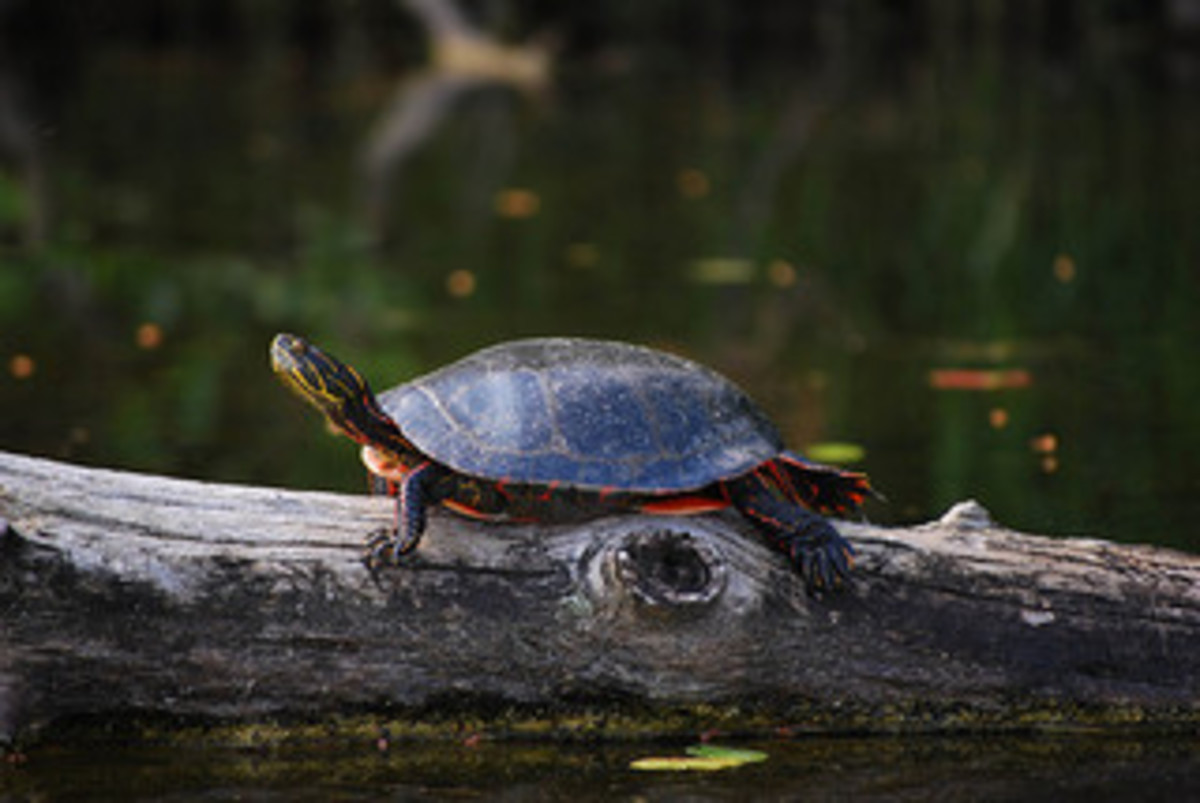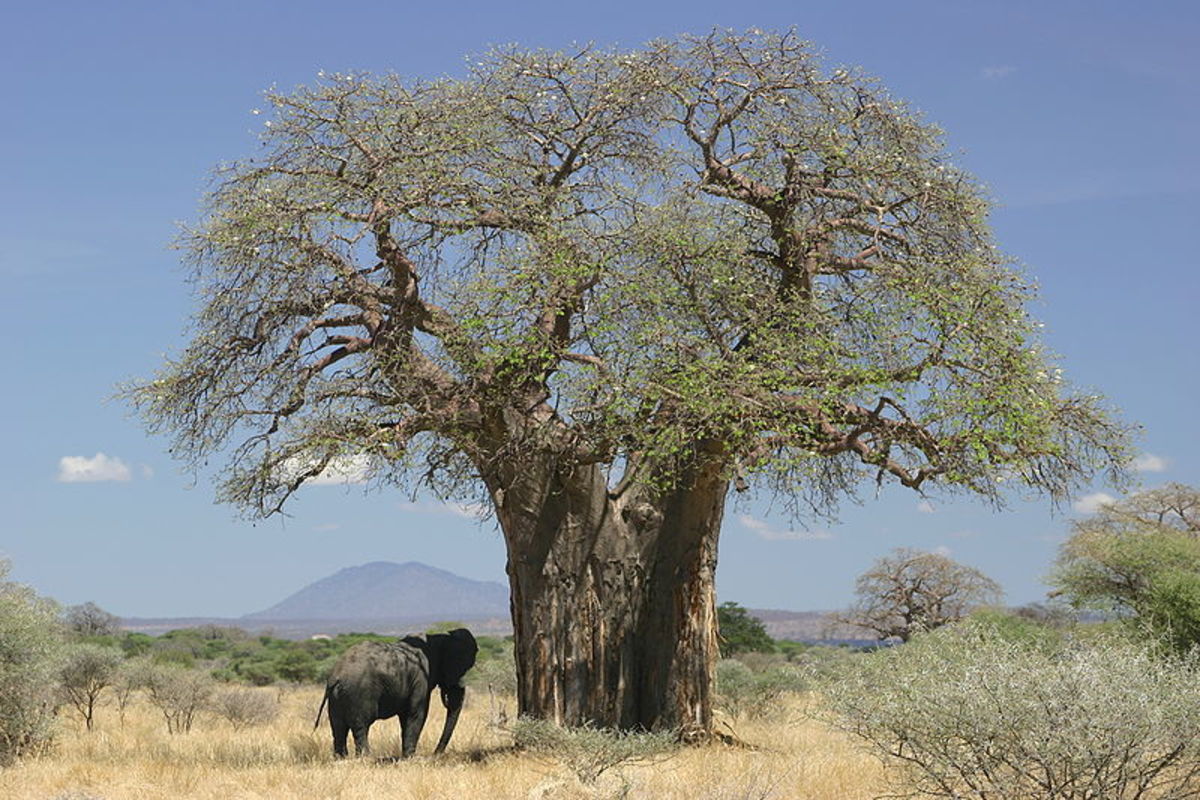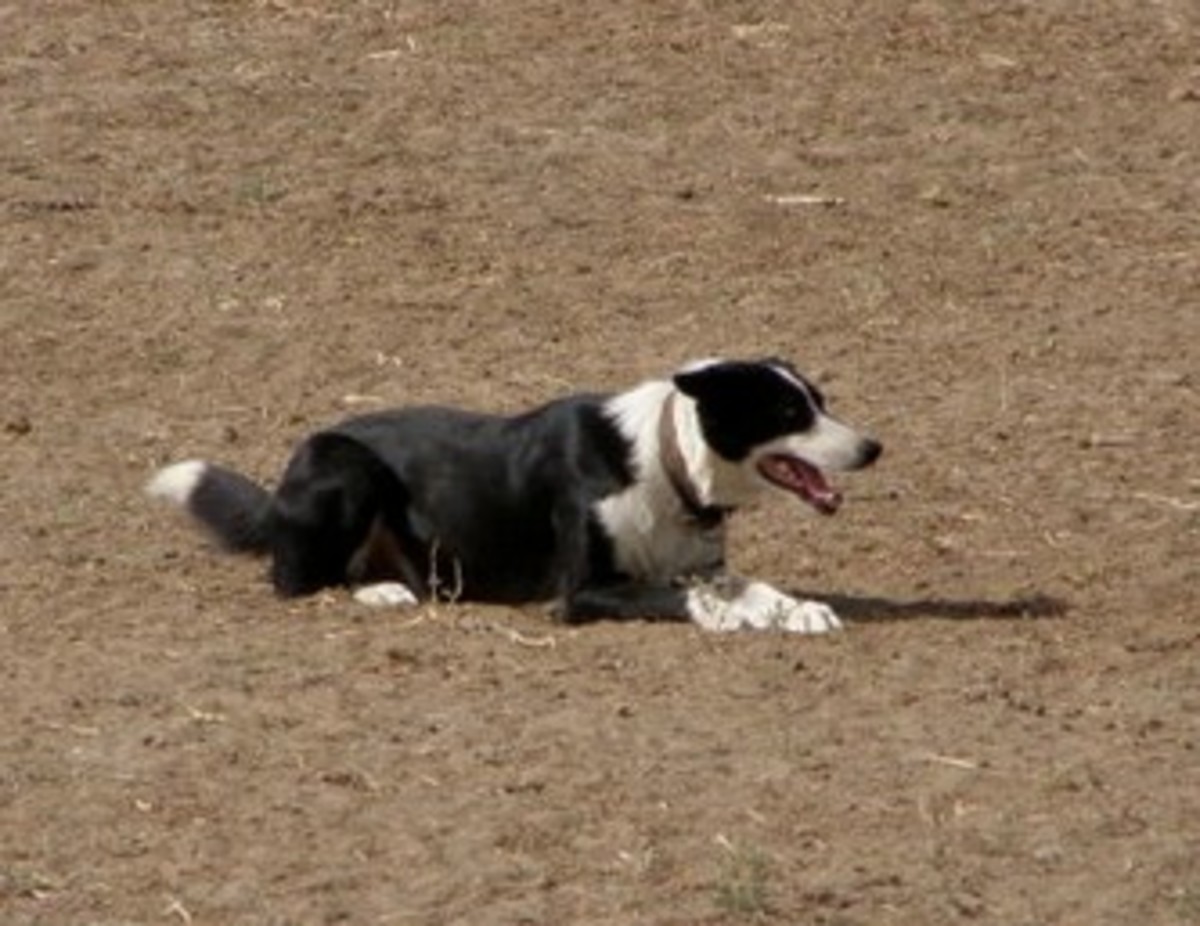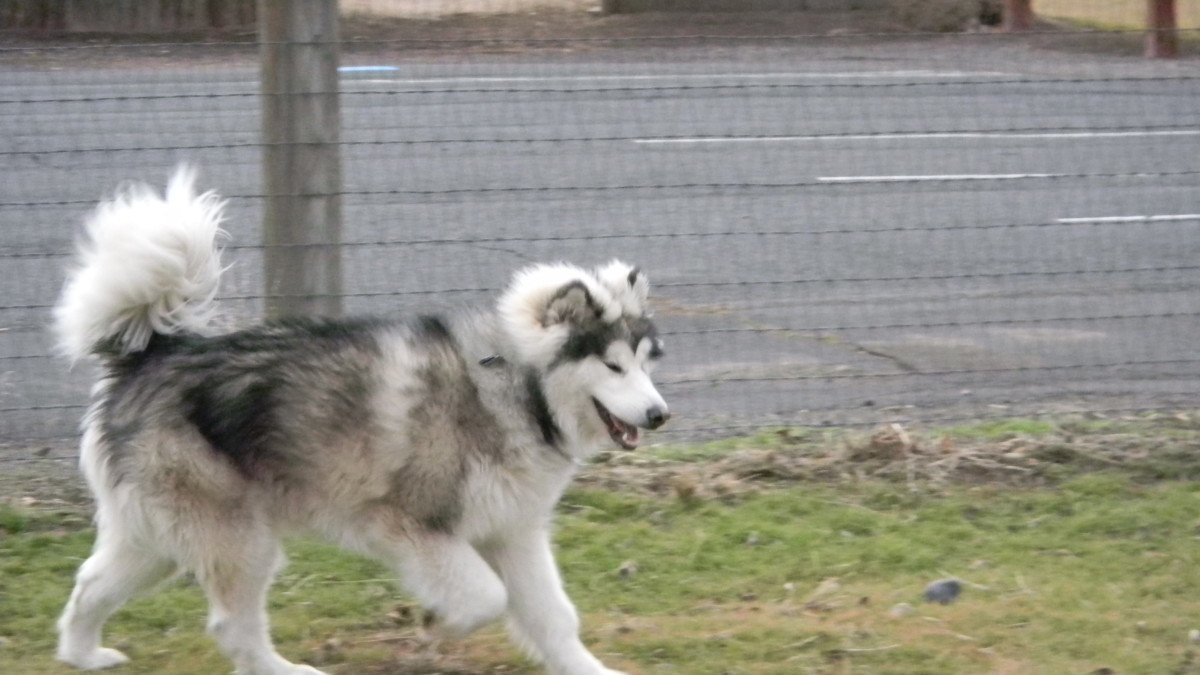Are Dogs Carnivores or Omnivores?
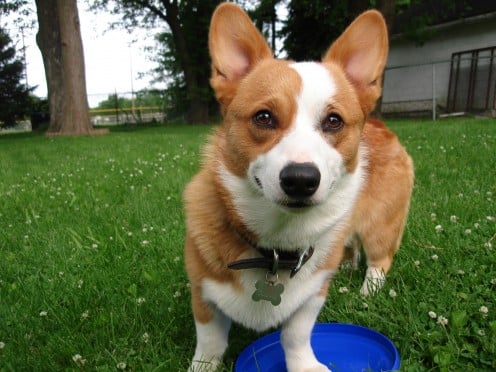
Dogs are confused. They don't understand the strange words humans have labeled them. They don't like the classifications people have placed them in, and they don't understand what all the fuss is about.
To a dog, the words carnivore and omnivore mean nothing. These are scientific titles we have bestowed upon our four-legged pals. Dogs don't know the difference between our scientific terms, and they certainly don't care about the on-going debate.
Recently, in my online excursions, dogs have suddenly become classified as omnivores. I found this extremely odd, because as long as I could pet a cute puppy, dogs have been carnivores. Curious, and needing to find answers for myself, I set out to research the true scientific taxonomy of dogs and understand the label of carnivore.
- The Comparative Anatomy of Eating - Vegsource.com
- Digestive System of the Dog
Washington State University's College of Veterinary Medicine is one of the nation's top veterinary schools. It has one of the best-equipped veterinary teaching hospital in the world and top faculty who are respected worldwide. - Dogs From Wolf to Woof Photo Gallery National Geographic Magazine
After wild dogs learned not to bite the hand that fed them, French poodles weren't far behind. - Myths About Raw: Are dogs omnivores?
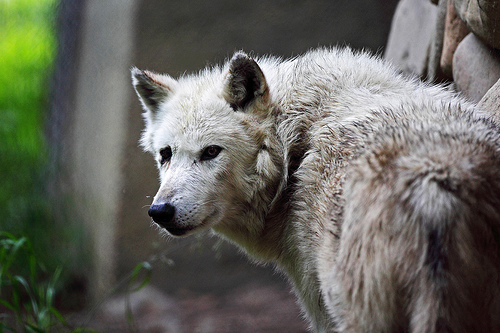
Definitions
These classifications are based on the animals primary food source.
- Carnivore: An animal whose diet consists mainly of meat, whether dead or alive.
- Omnivore: An animal whose diet consists mainly of both meat and plants.
- Herbivore: An animal that eats only plants.
Types of Carnivores
Interestingly, there are different types of carnivores. These include:
- Insectivores: These carnivores feast mostly on insects.
- Piscivores: Carnivores that eat fish as a source of meat.
- Molluscivore: to sustain their carnivorous diet, these animals eat mollusks.
- Obligate Carnivores: Also known as "true carnivore", these animals must eat meat. Cats are the prime example.
- Facultative Carnivores: Consuming mostly meat, these carnivores may also supplement their diet with nutrients from non-animal sources.
Taxonomy of a Dog
Kingdom: Animalia - 2 million strong, Animalia is the largest Kingdom.
Phylum: Chordata - Animals with a notochord during some time of their development.
Subphylum: Vertebrata - Organisms whose body requires a vertebral column.
Class: Mammalia - Animals that have three characteristics not found in other classes: middle ear bones, hair, and mammary glands.
Order: Carnivora - Ancestors were carnivores, but not all members are strictly meat-eaters.
Suborder: Caniformia - Animals which are like "dogs" and have sets of carnassial teeth..
Family: Canidae - Omnivore-like eating habits, but with a diet rich in meat.
Genus: Canis - In latin, canis means "dog". members include wolves, domestic dogs, coyotes and jackals
Species: Canis Lupus - Gray Wolves
Subspecies: Canis Lupus Familiaris -Domestic Dog
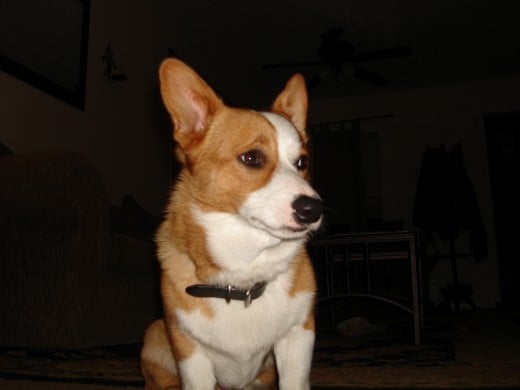
Digestive System of a Carnivore
The distingushing feature between a carnivore's and omnivore's digestive tract is it's length. A carnivore's digestive system is notoriously short to promote quick digestion of raw meat. Another factor that is different than the majority of omnivores is the lack of chewing. Dogs do not need to chew their food. The break-down process for food, in a dog, starts in the stomach. Dogs tend to "wolf" down their meals for a reason.
Teeth of a Carnivore
Further evidence supporting dogs are carnivores is their teeth. Carnivores don't have teeth for grinding, which are typically flat molars. The molars of a dog are "pointy" and sharp. These pointy molars are designed to rip and not grind.
Dogs also have a set of teeth called the Carnassial Pair. This pair of teeth is a characteristic of the order carnivora , specifically the suborder feliformia and caniform .The Carnassial Pair specializes in tearing meat and slicing through tendons; without the carnasial pair, eating meat would be difficult.
Jaw of a Carnivore
Meat-eater's jaws are hinged for biting, killing prey, and shredding meat. A dog's jaw is hinged in the exact same way. A jaw of an omnivore or herbivore doesn't have this type of hinge motion. Instead of mimicking scissors, an omnivore's jaw moves side to side, which assists in grinding plant matter.
A carnivore's mouth also opens wider in comparison to the size of their head than an omnivore. Omnivore's don't need to open their mouths as wide to consume food.
When you pet a dog, you may actually be caressing a part of their jaw muscles that distinguishes them as carnivores and not omnivores. Carnivores rely on a their temporalis muscle to operate their strong jaws.
Dogs are Carnivores
After gathering all the evidence, dogs must be considered carnivores. Scientific classification was created by humans to understand the world. Science is constantly changing, and the lines between carnivore, omnivore, and herbivore are blurred. Dogs are carnivores that sometimes eat other types of food than strictly meat. This does not, however, make them omnivores. Omnivores must eat both meat and plants as their primary diet to be healthy.
Until the taxonomy or scientific classification for dog's change, they should be known as carnivores. Dogs don't mind what they are labeled, but the notion of a dog as an omnivore may encourage pet owners to feed their carnivores more plants and other foods than the meat they need--an unhealthy habit.




